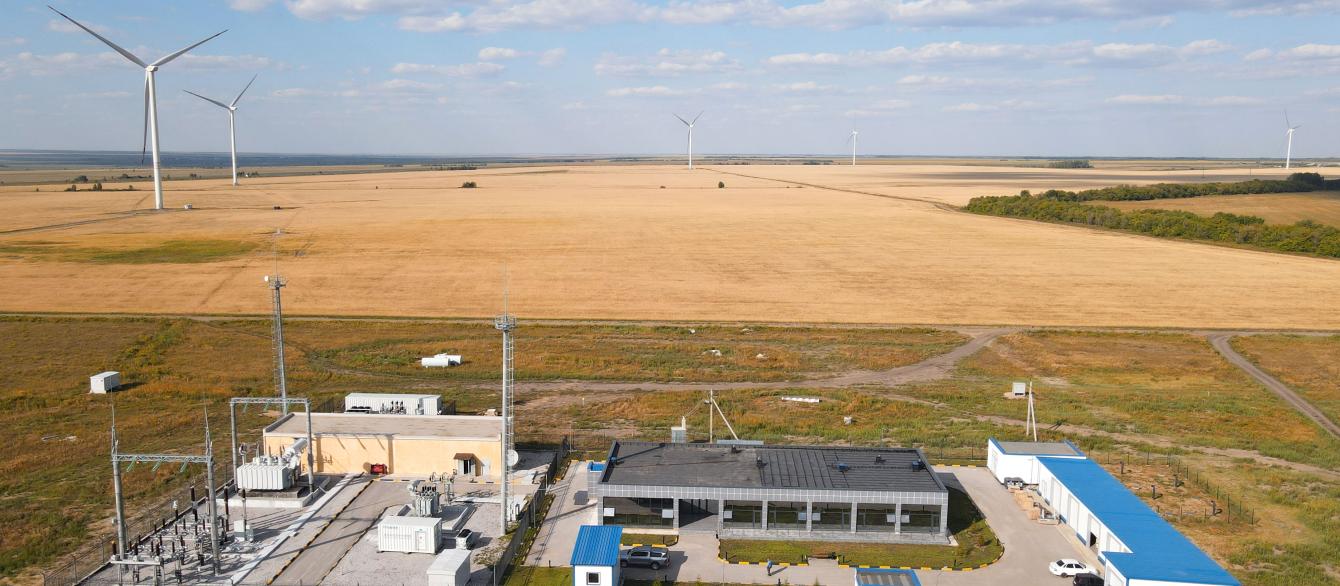This policy memo discusses the challenges and opportunities presented by China's clean energy engagement in Central Asia for countries in the region, and explains why there are reasons to be optimistic about future China-Central Asian cooperation on energy transition and climate change.
Key takeaways:
-
China has become a global leader in renewable energy and an important player in Central Asia's energy transition. Exporting Chinese clean technologies and equipment is at the core of China’s plan to go green while remaining prosperous, which coincides with the five Central Asian countries’ demands for energy security and sustainable development.
-
China's economic slowdown will have ramifications for Central Asia, but the reaffirmation of China's support for green development at the 20th Congress of the Chinese Communist Party (CCP) is a signal to Central Asian states that they can capitalize on additional Chinese resources in their pursuit of a clean energy transition.
-
The CCP's increasing support for Chinese state-owned enterprises (SOEs) could mean more overseas investment in renewables from Chinese SOEs and more public funding for renewable energy projects. Such a scale-up of renewable energy investment and deployment will be critical if Central Asian countries are to meet their decarbonization goals.
Currently, Central Asian countries' electricity generation relies on either fossil fuels or large hydroelectric stations. Meanwhile, energy and electricity sectors account for the majority of the region's greenhouse gas emissions.
-
Future Chinese overseas energy finance flows will likely favor renewable energy projects. Right now they are concentrated on fossil fuels in Central Asia. The sluggish Chinese economy will drive Chinese investors to favor smaller projects like scalable solar and wind energy and small hydro over megaprojects in infrastructure and fossil fuels.
-
Central Asia’s growing demand for clean technologies makes it an attractive market for surplus Chinese solar panels, electric vehicles, and wind turbines. Cheaper Chinese equipment is more competitive in Central Asian markets than that of western rivals.
-
China's pragmatic approach to the transition, epitomized in the principle of “technological neutrality,” makes it a particularly attractive partner for the countries of the region. China and Central Asian countries share concerns over the interlocking triangle of energy security, environmental crisis, and economic development. They envision a coordinated, balanced energy system in which renewables and cleaner fossil fuels would coexist to generate affordable energy while fossil fuels are gradually and safely phased out.
-
To fully benefit from these opportunities while avoiding excessive financial or technological dependence on their eastern neighbor, Central Asian countries should continue diversifying their renewable energy markets and find a balance between in-house and outsourced green development.






